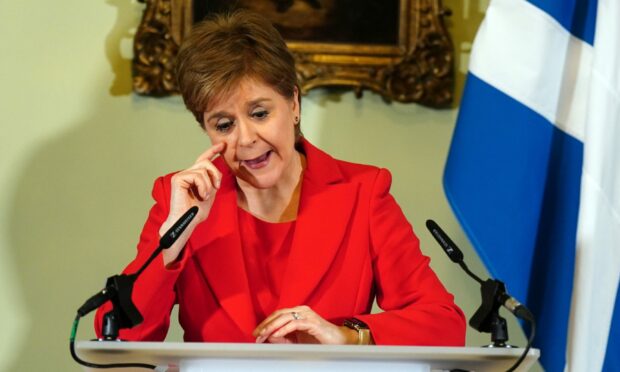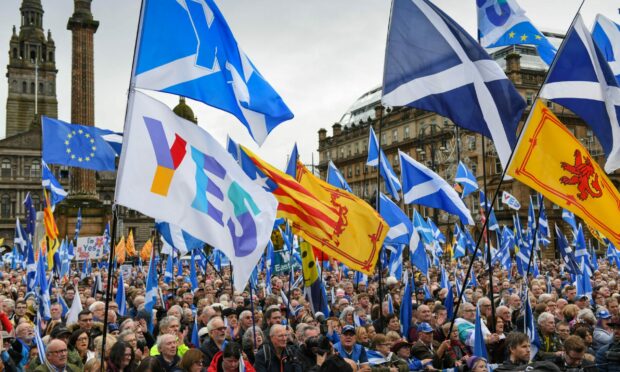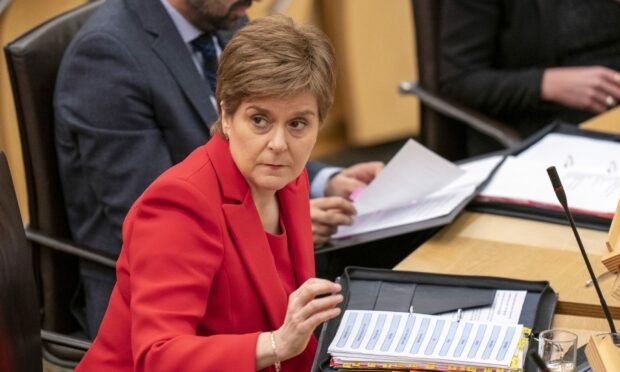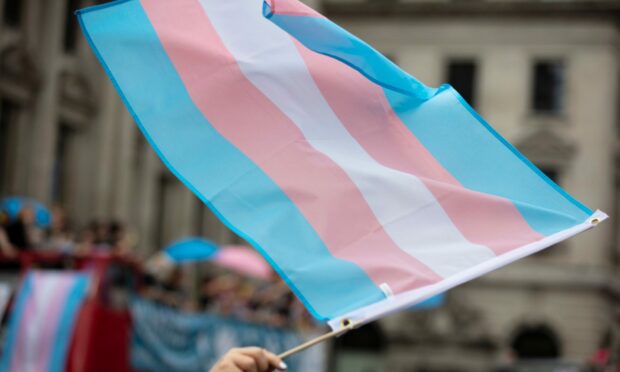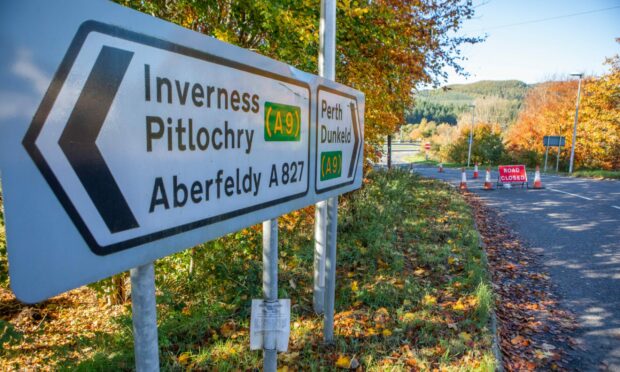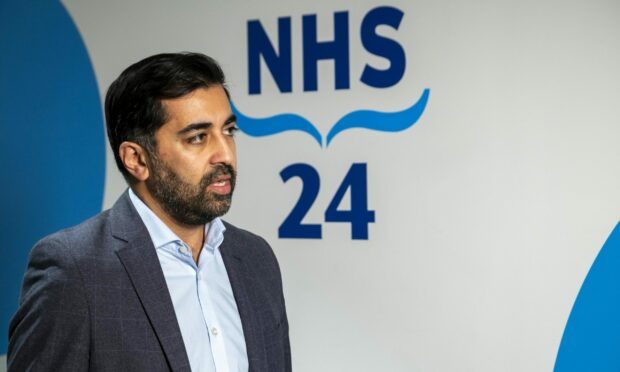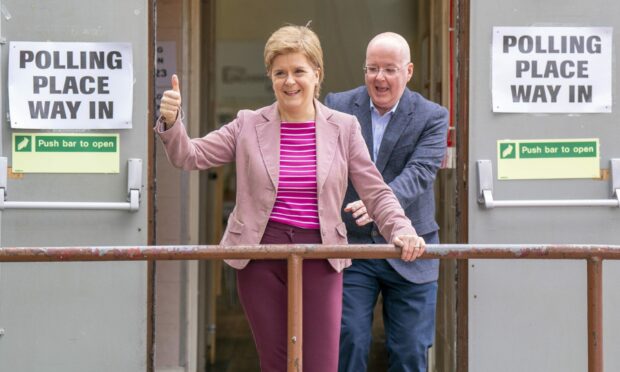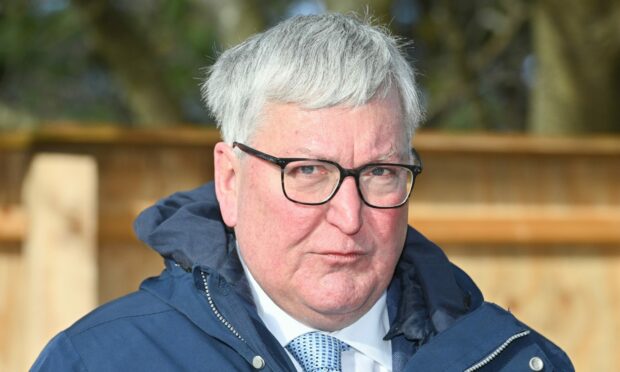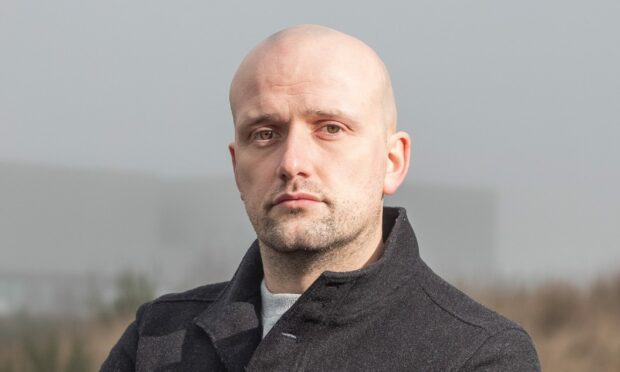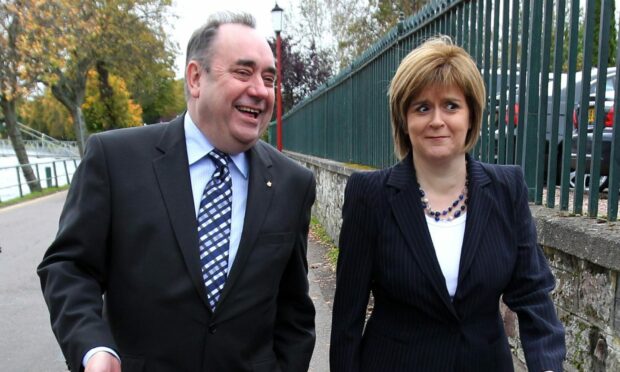Nicola Sturgeon’s sudden resignation sent shockwaves through Scotland’s political landscape and left a huge question mark over the SNP’s future.
But despite her apparent invincibility, major problems have been swirling around the outgoing first minister which threatened to undermine her position.
Here’s why the SNP leader said she plans to quit, and some of the key difficulties facing her which may have contributed to that huge call.
1 – Independence woes
In 2021, Ms Sturgeon achieved another comfortable election victory at Holyrood and confirmed her plans to hold a referendum.
But her hopes of re-running the 2014 vote have since come unstuck after the Supreme Court ruled Westminster approval is required.
Ms Sturgeon said her party would fight the next UK election on independence alone, but the strategy has not proven universally popular.
She admitted it was not right for her to determine the party’s approach when she had doubts over remaining in post.
2 – Time taking its toll
The departing first minister admitted the role has been relentlessly tough for her due to being under constant scrutiny.
She said: “Since my first moments in the job I have believed a part of serving well would be to know almost instinctively when the time is right to make way for someone else.
“In my head and in my heart I know that time is now.”
3 – Too divisive?
Ms Sturgeon has long been at the centre of the Scottish independence movement and many within the SNP view her as integral to its success.
But the first minister admitted she may have become too divisive a figure to win over many of those currently opposed to leaving the UK.
4 – Gender reform controversy
The SNP chief has expended enormous amounts of political capital trying to pass laws making it easier for transgender Scots to self-identify.
But her reforms sparked anger within the SNP, protests outside Holyrood, and concerns over trans prisoners being placed in women’s jails.
Ms Sturgeon, however, insisted “short-term” policy struggles were not behind her exit.
5 – A9 and A96 failures
Nowhere will Ms Sturgeon leave behind a more disappointing legacy than in her party’s failure to dual the A9 and A96 routes in the north and north-east.
Last week it was confirmed the A9 will no longer be dualled by 2025 as promised.
Meanwhile, consultations on the A96’s future remain ongoing.
6 – Ferry delays
Scotland’s islanders have been repeatedly let down by Ms Sturgeon’s administration over the failure to build two crucial ferries on time.
Her government came under pressure over awarding a contract for the vessels to Ferguson Marine. Confusion has surrounded who signed off on the deal.
7 – NHS crisis
Under the SNP’s watch A&E waiting times have worsened during winter and patients have faced lengthy waits to secure an ambulance.
Leading doctors have warned the NHS cannot cope in its current state and health chief Humza Yousaf, a trusted ally of Ms Sturgeon, has faced repeated demands to quit.
8 – Peter Murrell financial questions
Major doubts have arisen over why Peter Murrell, Ms Sturgeon’s husband and SNP chief executive, loaned the party £100,000.
It comes alongside an entirely separate probe into alleged donation fraud of £600,000 within the party.
9 – Policymaking troubles
Gender reform is far from the only area where Ms Sturgeon’s government has faced problems.
Plans for a National Care Service have been criticised, the environmental deposit return scheme is in crisis, and proposals to restrict alcohol advertising have angered whisky firms.
10 – Internal rebellions
For much of Ms Sturgeon’s tenure the SNP has been a united force at Holyrood, able to steer clear of the divisions which have plagued rival parties.
But nine MSPs rebelled against her gender reforms when it came to a vote in December and one government minister resigned.
Inverness MSP Fergus Ewing was among them, and he’s also held his party’s feet to the fire over the deposit return project and road dualling failures.
11 – Stephen Flynn’s Westminster coup
Tensions simmering within the SNP came into the fore when Aberdeen MP Stephen Flynn took over from Ian Blackford as the party’s House of Commons chief.
Mr Blackford had been a close ally of Ms Sturgeon’s during his five years in charge in London, and his departure signalled a changing of the guard.
Mr Flynn, however, was full of praise for the first minister after her resignation.
He said she had been an “inspiration” to him.
12 – Education problems
The outgoing first minister once asked to be judged on her government’s record on education.
But her administration has been locked in a bitter pay dispute with striking teachers and little has worked to reduce the attainment gap for pupils.
13 – Alex Salmond row
Ms Sturgeon worked closely with her predecessor for a decade and was the natural choice to succeed him when he stepped down in 2014.
But the Scottish Government’s mishandling of sexual misconduct allegations against Mr Salmond led to a major falling out between them.
An explosive Holyrood inquiry which nearly cost Ms Sturgeon her career followed and the rift between the SNP’s two major figures has never healed.
The next first minister may be someone who can hope to move beyond the ghosts of the party’s past.
14 – All of the above?
No one reason was necessarily the catalyst for Ms Sturgeon’s shock decision to go despite not being forced out.
But mounting policy problems, SNP rifts, and questions over where the independence movement goes next have left her in a tough spot.
In an era where many leaders have clung on to the bitter end after outstaying their welcome, the first minister may have felt it was best to quit on her own terms.
